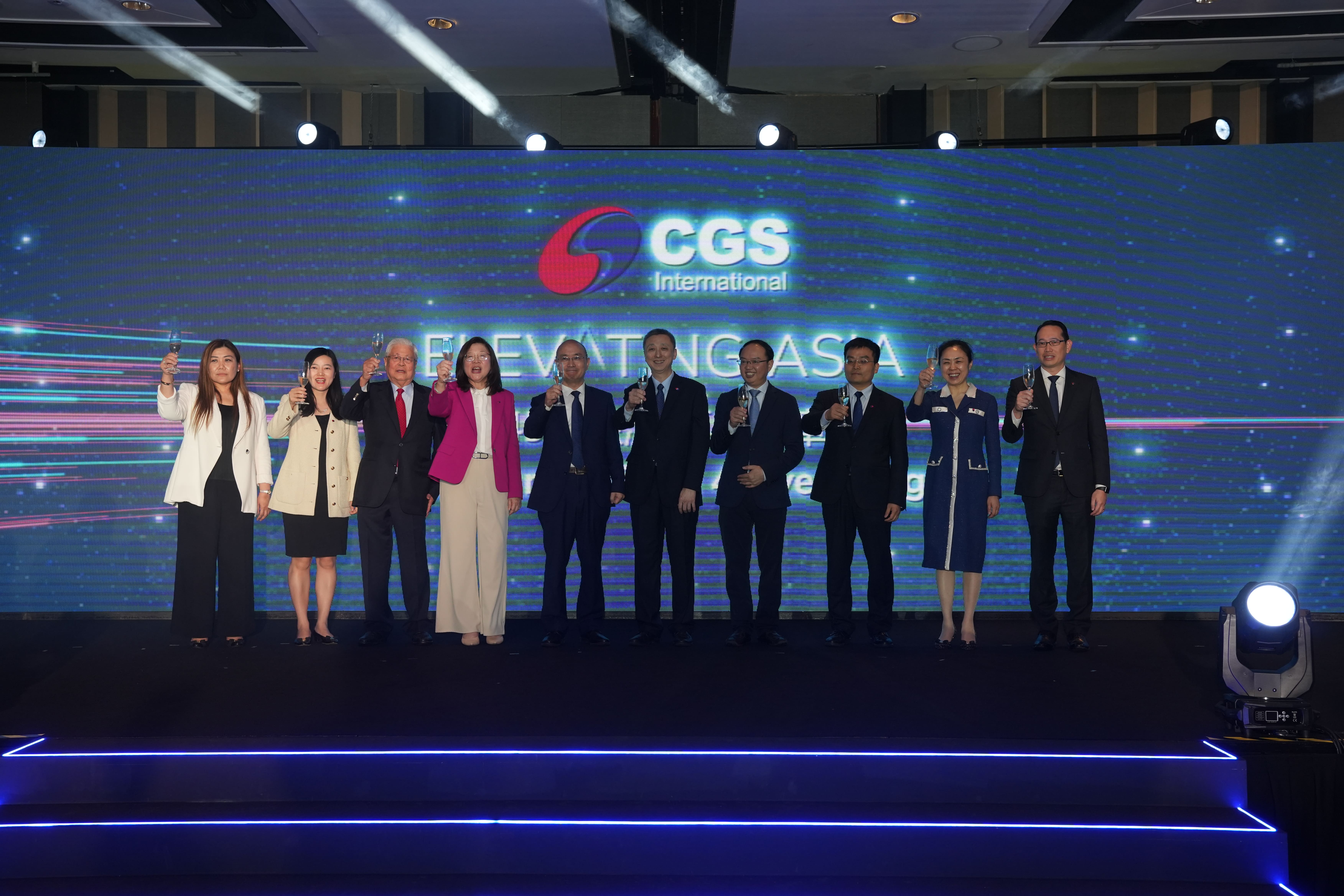Asian investors’ increasing bias for diversified investments and longer-term strategies should help drive interest for products like smart beta exchange traded funds (ETFs). But the ‘smart’ product isn’t gaining significant traction yet with Asian investors.
Jooyoung Yun, head of ETF management division of Mirae Asset Global Investments, believes the gradual change in investors’ focus toward diversification and long-term returns is making the environment conducive for products like smart beta ETFs.
“Before investors are very short term biased, but they are changing their investment style or strategies from short term to long term. So they are now changing their portfolio from the local based KOSPI 200 or leverage entity index based ETFs to more diversified indices. This is very good news to smart beta business. There will be more and more smart beta ETFs investors in the future,” Yun says.
In Korea, smart beta ETFs account for only 3% of asset under management (AUM) of about 200 ETFs. In contrast, the share of smart beta ETFs in the AUM of US ETFs is 18% – an indication of the product’s potential for growth.
Smart beta ETFs are products that offer investors low-cost access to certain preferred investment approaches or factors. Like other index funds, smart beta ETFs generally track an index, however, rather than tracking a market-cap weighted index, the securities within the basket are pre-selected based on some criteria or factors.
Investors, for example, can opt for low-volatility ETFs that track an index that systematically screens for lower risk securities. Cost-effective access to potential drivers of returns is what makes smart beta strategies valuable for building portfolios.
Smart beta is also becoming more attractive for investors because of concerns that traditional ETFs, which are based mostly on large cap indices, are underperforming because of market uncertainty and low-yields.
The concentration risks or lack of diversification that comes with investing in ETFs that are purely based on large cap indices have become a major issue for many investors. With smart beta ETFs these issues can be addressed.
“There are two problems with cap weight indices by the nature of distribution of capitalization on the market. First, because large caps are dominant when you weigh your indices based on capitalization you are concentrated into large cap companies. Therefore you are not very well diversified,” says Frederic Ducoulombier, founding director, EDHEC Risk Institute – Asia.
“Second, you are tilted toward large companies which tend to be growth companies over the long term and there are some academic studies that find if you tilt toward medium caps, small caps or towards value companies (not growth companies) you are better rewarded. So smart beta has tried to answer these problems,” he adds.
A smart beta product that aims diversification can improve the efficiency of a portfolio through better weighting of the stocks and elimination of certain risks. Another type of smart beta product is factor-based ETFs, which enhances portfolio performance by changing the tilts toward factors that harvest risk premia – higher than what the broader market risk premium is over the long term.
The key attribute of smart beta investing is enhancing the risk adjusted return of the portfolio as measured by the Sharpe ratio, a measure for calculating risk-adjusted returns.
“You really want to reduce your total risk in the portfolio by taking this kind of tilts away from the mega cap names and moving away from uncompensated risks in the marketplace depending on the type of characteristics you want to avoid whether its low quality names or high volatile names. You should do a better job than the market cap index can do in generating total return with a lower amount of risk for your portfolio,” says Patrick Kuhner, client portfolio manager of Pan Asia AXA IM Rosenberg Equities.
“By putting both of them together it’s actually a very good combination. It’s just a third form of investing rather than a replacement for passive investing or active investing,” says Clarence Chan, head of ETF & Beta Investments at BMO Global Asset Management (Asia) Ltd.
At present, BMO is the largest smart beta provider in Canada with over 70 ETFs, more than half of which are smart beta. In Hong Kong there are only 10-15 smart beta ETFs out of a universe of about 120 ETFs. Most of the smart beta ETFs in Hong Kong are value based ETFs although high dividend ETFs are increasing.
“If you look at Hong Kong market, the whole smart beta element is still at very early stages. When we looked at the market 18-24 months ago, we looked at the whole landscape of so called smart beta products in Hong Kong. What we have done is we brought our high dividend products into Hong Kong,” Chan says.
Ducoulombier, Kuhner, and Chan agree that smart beta or factor investing work well for investors with a long-term investment horizon.
“Smart beta investors should maintain a long term time horizon considering the track record of smart beta strategies. It can be quite volatile when you look at them from year to year. They are long-term rewards for risk taking,” Yun says. The more common “factors” that are used for smart beta strategies are value, quality, momentum, and low volatility.
“To have a one-year time horizon for a smart beta strategy is just to set yourself up for potential disappointment. One of the constructs you have to keep in mind is that these smart beta ideas works but it works over a long time and it’s tough to tactically trade these ideas,” Kuhner says.
In Taiwan, it is believed that smart beta ETFs are used mostly by institutional investors who, at the moment, have more knowledge, capability, and resources to use such complex financial products than retail investors.
“My feeling is that right now most of the smart beta ETFs are invested by institutions, as they have more of a sense with regards to which kind of factors will outperform in a certain market scenario,” says Andy Chang, chief executive officer of Cathay Securities Investment Trust.









